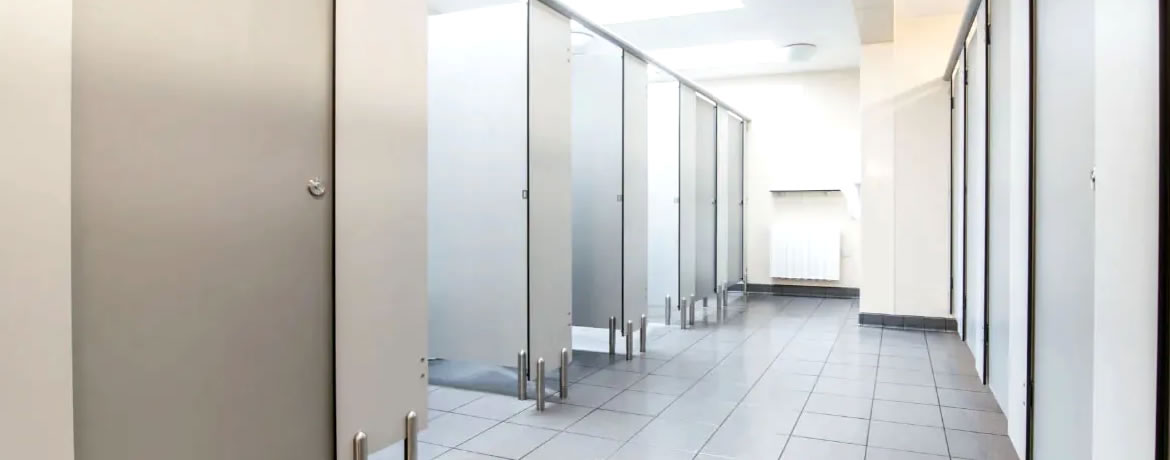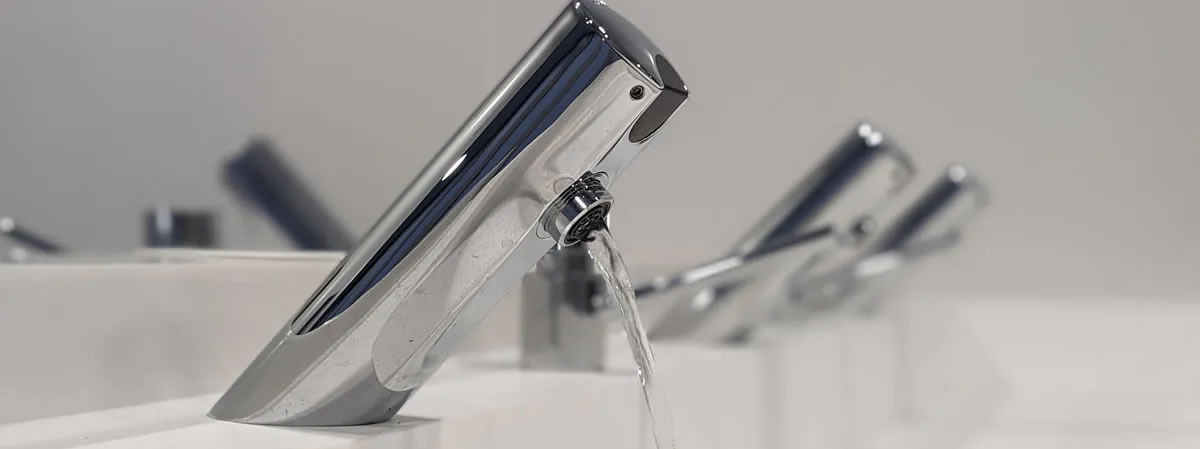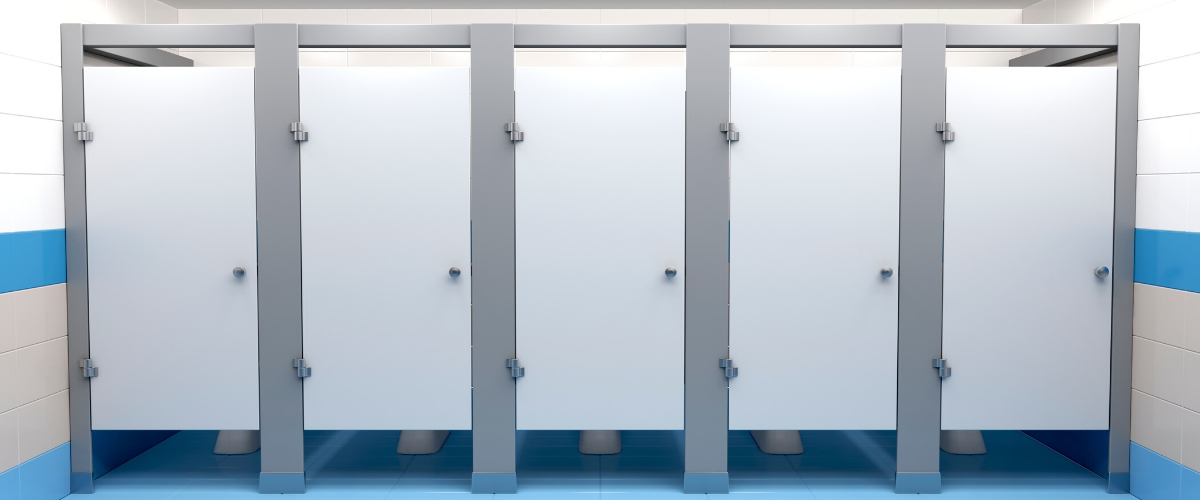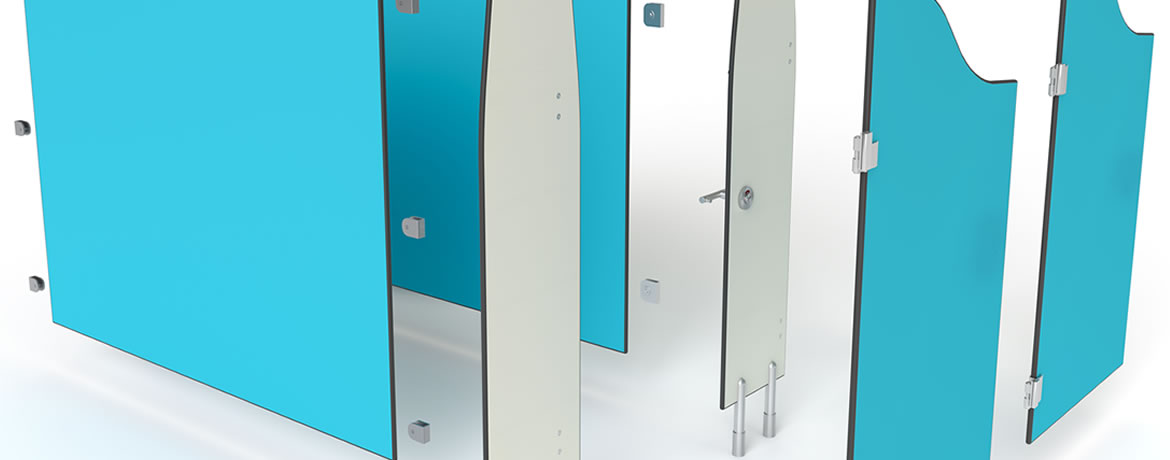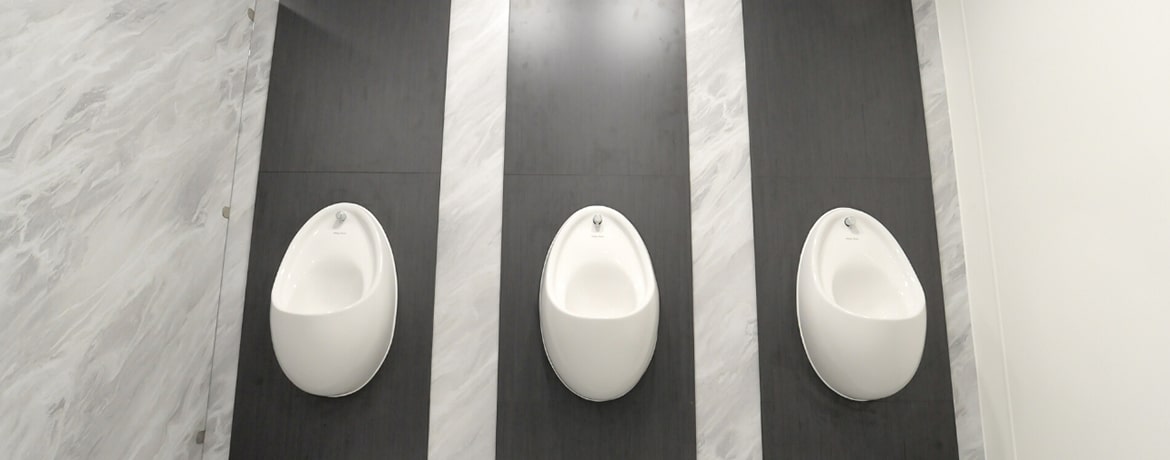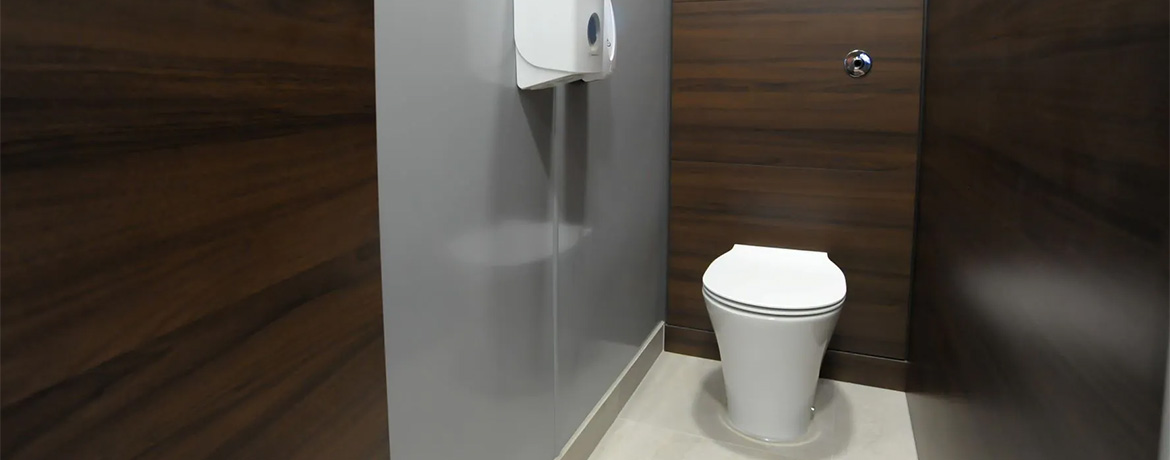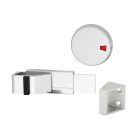How to Stop a Toilet Cubicle Lock from Sticking
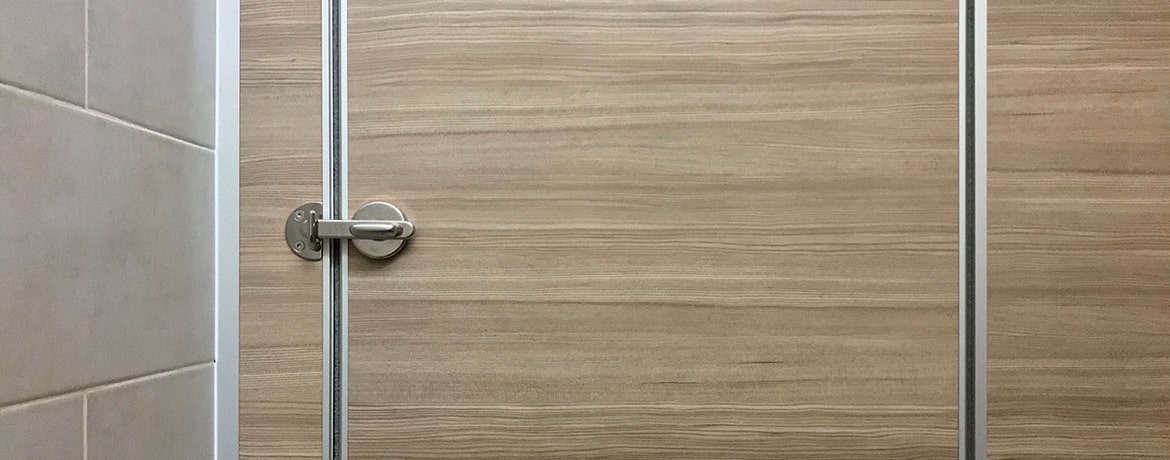
Between 2016 and 2019, more than 650 people have had to be rescued from locked toilets by the fire brigade in the UK, which has been highlighted as a bad use of the emergency services’ time.
Most of us have been in a situation, at least once, where we’ve found ourselves stuck in a toilet cubicle. Whether this unpleasant experience lasted for all of one minute, or you found yourself locked in for a significant period, you’ll likely remember the panic of suddenly finding yourself trapped.
In many instances, the reason for getting stuck in a toilet cubicle is due to a dodgy lock – perhaps it is sticking, or difficult to get a good grip on, making the door hard to open. These things are certainly factors that can instil fear in those using the stalls.
At Commercial Washrooms, we’re on a mission to stop this fate befalling your toilet cubicles, helping to prevent clients, customers, staff and service users from experiencing the negative emotions that are associated with getting stuck.
Taking steps to ensure your toilet cubicle locks are in good working order can also save your business money (and prevent wasting the fire brigade’s time). When trapped, some people may use force to break their way out of the stall, costing significant money in repairs.
Why do toilet cubicle locks stick?
Over time, lock mechanisms can get gummed up with dust, dirt and grime, causing them to move less freely than when they were first installed. In some cases, this can make the lock extremely stiff and cause it to stick.
Another factor that can cause a commercial toilet cubicle lock to stick is if it has gone rusty. This can happen due to exposure to a humid bathroom environment, making it difficult for the components to move easily.
Locks may also stick if they have been fitted poorly – this can result in even a new lock being difficult to use – with the door bolt not lining up well with the catch on the door frame. Bent locks, cause either by poor installation or heavy use, can also get stuck easily.
Two final reasons for locks sticking are locks that are difficult to grip hold of, and human error. Some lock bolts may be too small to manipulate easily, or they may have broken, leaving a bolt that is difficult to move back and forth. Occasionally, human error can be the cause for toilet cubicle locks sticking; with people not realising how to work the lock properly or struggling to move it as needed.
How to stop a toilet cubicle lock from sticking
Using the information above, there are some simple steps that can be taken to stop toilet cubicle locks from sticking. Here's our advice:
Regular Maintenance
On a regular basis, you should make sure you are carrying out the following basic maintenance:
- Clean the lock mechanism with a mild detergent to remove dirt and debris.
- Lubricate the lock with a silicone-based spray to reduce friction.
- Tighten any loose screws or connections.
Replacing Damaged Parts
It is crucial to replace broken or bent parts on a toilet cubicle lock to prevent sticking issues. Damaged components can disrupt the lock's functionality, leading to difficulty in opening or closing the door.
You should regularly examine all parts of the lock and replace any components that have been damaged.
We sell a range of toilet cubicle locks and fittings, making replacements easy to find.
Proper Installation
A well-installed lock ensures that the mechanism aligns correctly, allowing smooth engagement and disengagement. Improper installation can cause misalignment, leading to jamming or difficulty in operation. Precise installation is key to maintaining a functional and hassle-free lock system.
If you need help, you can always seek advice from a professional service. At Commercial Washrooms, we are happy to help with any lock fitting or readjustments. Simply get in touch.
Ergonomic Lock Designs
Well-designed locks incorporate user-friendly features such as smooth levers or handles, optimal grip and intuitive operation. These designs reduce the chances of improper handling or excessive force, minimising the risk of sticking and making the lock easier to use.
You should also regularly check to make sure that the grips haven’t fallen off, or become loose, as this can make them much harder to use.
Toilet Cubicles and Fitting from Commercial Washrooms
By following the above advice, you can minimise the chance of your toilet lock sticking. However, you should still have a plan in place in case someone gets stuck in a toilet cubicle on your premises. – there are many reasons why this can happen.
As a final security measure, you should make sure that you know what kind of locks your cubicle doors are fitted with and would know how to help get someone out of a toilet cubicle if necessary.
At Commercial Washrooms, we sell a wide range of toilet cubicle locks and are happy to talk you through the qualities and benefits of each style. This will also help you prepare for how to approach the toilet cubicle lock in the event that someone gets locked in a cubicle and can’t get themselves out.
Contact us on 01202 650900 or send us a message and one of our team will get back to you.
MORE TO EXPLORE IN Related Posts
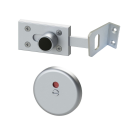
Radiused Toilet Cubicle Door Lock
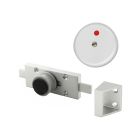
Large Quick Release Cubicle Door Lock

